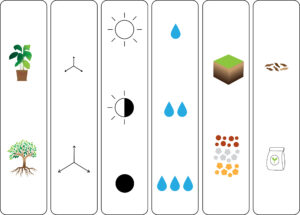
The five key elements for indoor plants to thrive
When I was young, my father used to keep a bonsai and a pot of mini bamboo in the living room, they were static forever, tranquil yet lifeful. Our house plants run in a routine for years, a tray of blooming daffodil in the spring and yellow chrysanthemum in the autumn. We may not notice, but we live closely and co-evolve with plants throughout human history. The first flowering plant appeared about 130 million years ago, […]
Read More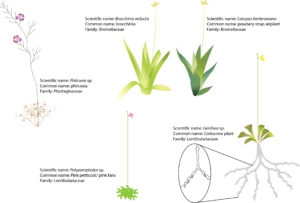
Under-discovered Carnivorous Plants
Besides the common carnivorous plants, there are many obscure carnivorous plants. Those under-discovered carnivorous plants are considered as protocarnivorous plants and sometimes referred to as paracarnivorous, subcarnivorous or borderline carnivores plants. Plant in this category is slightly different from carnivorous plants. Protocarnivorous plants can trap and kill insects or other small animals. But they do not digest the prey and absorb the nutrients from the victims due to the absence of digestive enzymes in the […]
Read More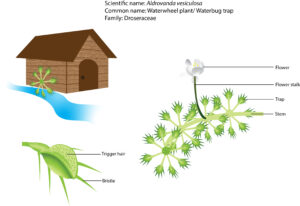
Aldrovanda vesiculosa, the waterwheel that is not powered by water
Utricularia is a semi-aquatic carnivorous plant that can grow in the terrestrial or aquatic environment. There is another exotic aquatic carnivorous plant, Aldrovanda vesiculosa. It is first observed in India in the sixteenth century. It is a true aquatic carnivore in the family of Droseraceae that is believed to be a direct relative of the Dionaea muscipula, the Venus flytrap due to its snap trap that is similar to that of Venus flytrap. They are […]
Read More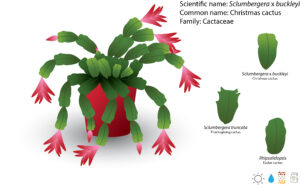
Succulents, the most “suc”-cessful plants
Succulent, the most “suc”-cessful survivor that can be found in arid areas such as desert when nothing is found. Then how about cactus, the most famous desert plant? Well, succulent commonly named as xerophytes, xeros means dry, because of their adaptability to live in a dry environment. Cactus (plural cacti) is one of the widely known examples of succulents. Almost all cacti are stem succulents. Overall, succulents are briefly referring to the rosette-plants that have […]
Read More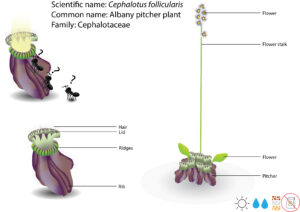
Cephalotus – the smallest pitcher plant
Background The smallest carnivorous pitcher is the west Australian pitcher plant, Cephalotus follicularis. It is one of the most desired carnivorous plants in the collection as well as cultivation. Cephalotus is a thumb-size pitcher of compact growth up to two inches long with colorful and bristly pitchers that are seemingly yawning for a bite to eat. It is a monotypic genus under the family of Cephalotaceae that is commonly referred to as the Albany pitcher […]
Read More